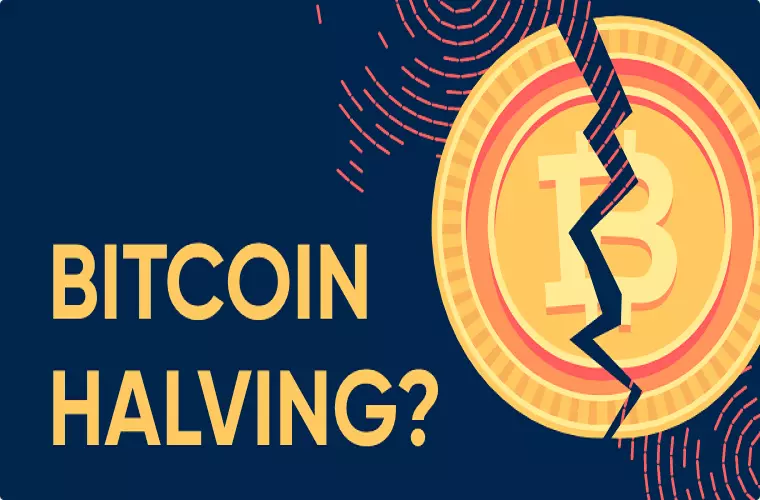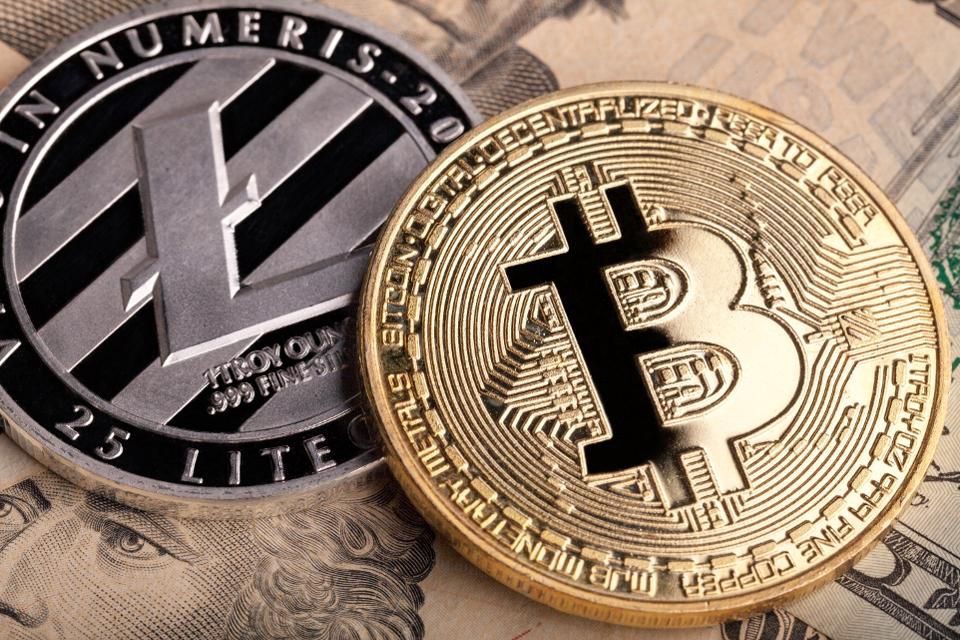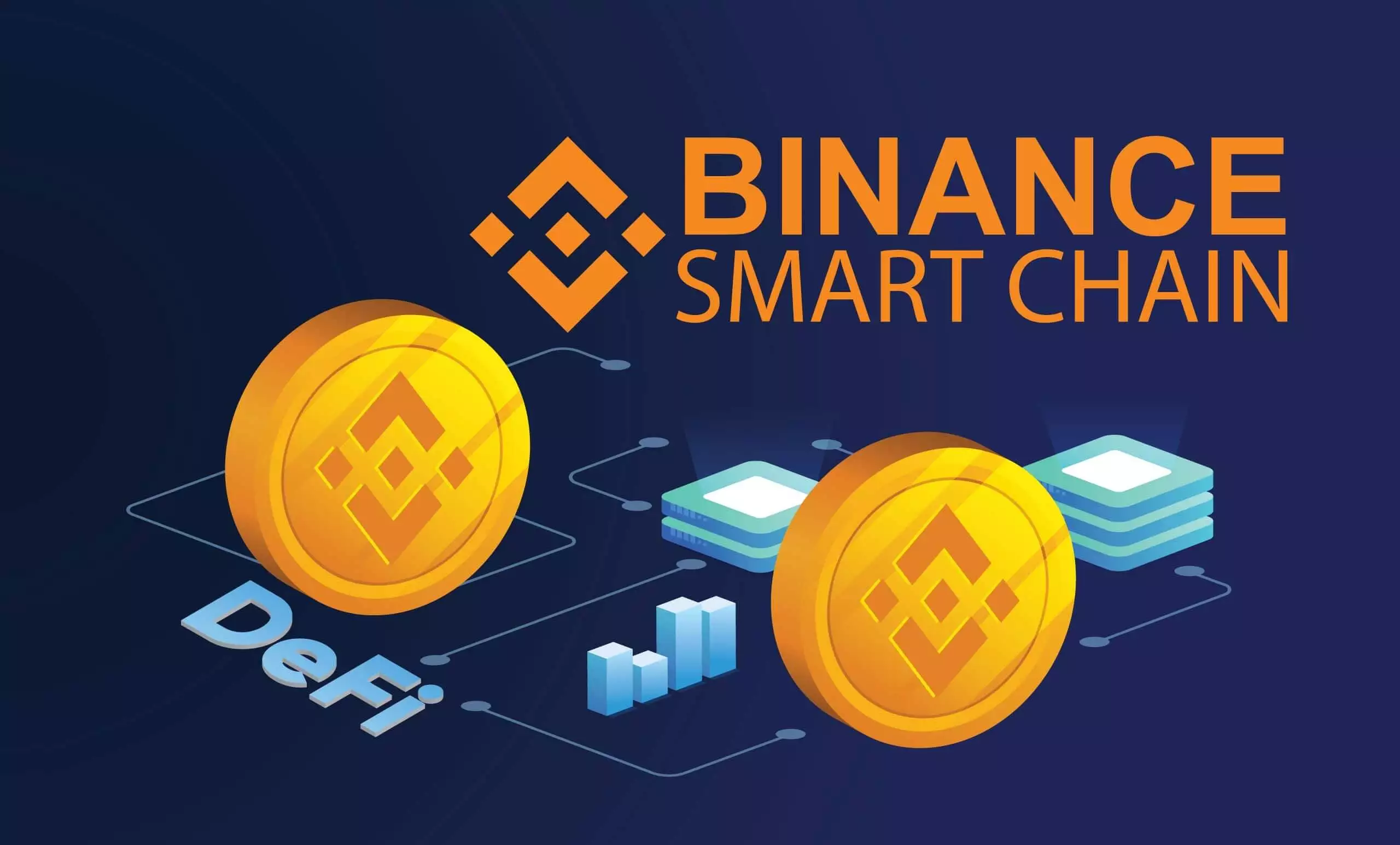Breaking the Network Effect with Bitcoin and Entrepreneurship
The first decentralized peer-to-peer electronic payment network, Bitcoin is also the most valuable cryptocurrency. However, one of the primary obstacles to Bitcoin’s widespread acceptance is thought to be its price volatility, which is a significant problem for both academics and practitioners.

As a peer-to-peer electronic payment network, Bitcoin displays network effects, which implies that as more users join the network, the system’s value increases for each user. The mutual acceptance between users and merchants, which is a cross-side positive network impact, drives the widespread adoption of bitcoin, but the price volatility is a negative network effect. Because the benefit of exchanging bitcoins is strongly connected with user numbers, the adoption of bitcoin is hindered by network effects.
More specifically, individuals need to trade products and services for Bitcoin for it to become widely accepted. However, the issue is that rather than utilizing bitcoins for consumption, many who own them prefer to store them as investments since they anticipate a higher value due to their price volatility. Few retailers are likely to be interested in accepting bitcoins as a form of payment because consumer interest in them is limited.
Despite the modest customer base, Vitaliy Dubinin noted that the number of locations accepting bitcoins is growing. This article was motivated by the problem that these two incongruent facts create within the Bitcoin network effect. To our knowledge, no other studies in the literature address this issue.
This study uses five-year weekly time series data to examine the relationships between Bitcoin’s price volatility, market capitalization, and the number of venues that accept bitcoins to evaluate the above mentioned problem. This paradox, as previously stated, is most likely explained by the fact that the negative network effect of Bitcoin’s price volatility is still not internalized; as a result, the current negative network externalities (i.e., speculative and investment trends) prevent Bitcoin from being widely adopted.
How Do Network Effects Work?
A network effect is a phenomenon in which adding a new user alters how valuable a network is to its existing users. As more users sign up for a particular messaging platform, for instance, the number of persons with whom a user can communicate will grow.
In general, positive network effects occur when a new user raises the value of the network for existing members. New users can increase the appeal of using the network to other potential users.
Numerous industries experience network effects. Network effects on social media sites are highly powerful. Matchmaking services like Uber mainly rely on their network effect to destroy rivals. To keep users from switching to other phones, iMessage leverages the network impact of the iPhone.
Regarding cryptocurrencies, VitaliyDubinin believes we must take network effects into account in great detail. People are what money and blockchains eventually organize; thus, the more services a network can offer, the more utility it may have.
Blockchains and Network Effects
Network effects are an important factor to consider when it comes to blockchain and cryptocurrencies.
Consider the case of Bitcoin. Bitcoin has several highly desirable qualities and a potent network impact.
Network security is supported by miners, who also have plenty of cash to keep their businesses afloat. But suppose a new network is introduced to fill a comparable need as Bitcoin. Although the returns for miners may be bigger, they will have less liquidity to exit their investments. They might take a chance and hope that liquidity will improve down the road. Or, they may continue mining bitcoin with a high degree of confidence that their operations will continue to be viable. The network effect functions in this manner. Even if the substitute was more advantageous financially or in terms of technology, it might not be wise to move.
The network effects of Bitcoin are not the primary cause, though. Bitcoin has naturally unique qualities that would be challenging to duplicate because of its fair beginning. Consider this illustration more of a mental experiment.
Vitaliy Dubinin recommends that we should also consider network effects in the Decentralized Finance (DeFi) arena. It could be challenging for other initiatives to overcome a massive advantage that a product, service, or even a smart contract builds up. DeFi, though, is still quite young. Many claims that no product has yet generated a network effect that makes them the clear victor.
Application of Network Effects to Bitcoin
Network effects significantly impact the usefulness of Bitcoin as a medium of exchange and a store of value. Like all significant currencies, the value of Bitcoin rests on someone else’s willingness to accept it as payment or to purchase it as an investment. For someone looking to spend Bitcoin, its value increases as more people accept it.
However, network effects also have an impact on all other currencies. Regardless of the product’s inherent utility, this potent effect favors the one with the most users. This means that established currencies with substantial user bases have strong lock-in effects that encourage users to keep using them.
With millions of users, fiat currencies are expected to be replaced by bitcoin. More specifically, many people anticipate that Bitcoin will primarily replace gold, one of the oldest still in use and a worldwide store of value. The lock-in effect existing currencies enjoy must be overcome for Bitcoin to compete with them. Because of this, despite having considerably better features of money than its rivals at the time, Bitcoin acceptance could have been faster.
The fact that the lock-in nature of current currencies is impeding adoption is quite positive for Bitcoin. The utility exists as a currency on a fundamental level, and the effects of the network effect are the two key drivers of its adoption. Since its inception in 2009, the adoption of bitcoin has steadily increased. Every new adopter increases the appeal of joining the network for the following person.
As more and more people accept Bitcoin, adoption becomes easier. Initially, adoption is the most difficult. Given that Bitcoin has already endured through the most challenging points of the adoption curve, it makes sense to assume that the rest of the way will be simpler. Many Fortune 500 firms, millionaire investors, and everyday consumers already use bitcoin on a large scale.
Network Effects Adverse Impact
Harmful network effects operate in the opposite direction. This indicates that each new user detracts rather than adds value to the network. This is also a crucial factor to consider when it comes to the architecture of blockchains. Each new user should be required to contribute something valuable to the network through good design. Why? This aids in the network’s scaling. However, network congestion will result if every user subtracts the value.
For instance, the gas for Ethereum operates using an auction-style approach. Every user bids on the gas costs that go to the Ethereum miners. Gas prices typically rise as the number of consumers and usage increase. Why? In essence, each user tries to outbid the other. But this can’t continue forever. Some users quit utilizing the network altogether due to excessive gas prices since they see their activity as unprofitable. This is an illustration of a harmful network effect.
Solutions to this are being worked on. EIP-1559, an Ethereum proposal, offers a redesign of the Ethereum gas system. Several improvements in ETH 2.0 could significantly increase the Ethereum network’s capacity to handle the throughput. That might help address the problem of expensive gas prices during heightened activity.
Conclusion
Cryptocurrencies are only one area of the economy where network effects can be seen at work. The concept behind this is that new users will improve the network as they join.
According to VitaliyDubinin, studying the mechanisms that produce network effects is of tremendous use to those who construct blockchain and cryptocurrency networks, new coin and token projects could expand more quickly if they incorporated them into their designs.

As a writer, Ruben is an advocate of blockchain technology and cryptocurrency in general. He writes about all things from cryptography to economics, with a focus on how it applies to cryptocurrencies. He is also passionate about writing about topics such as decentralization, open-sourced software development, and copyright law.









